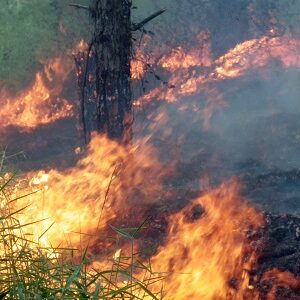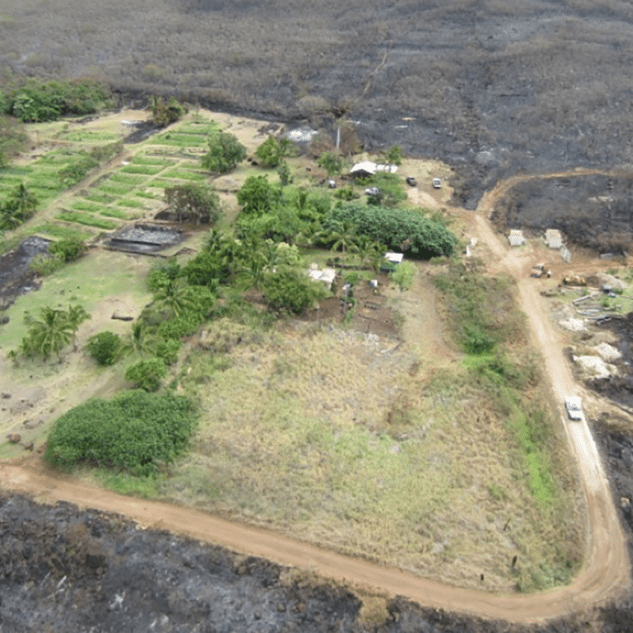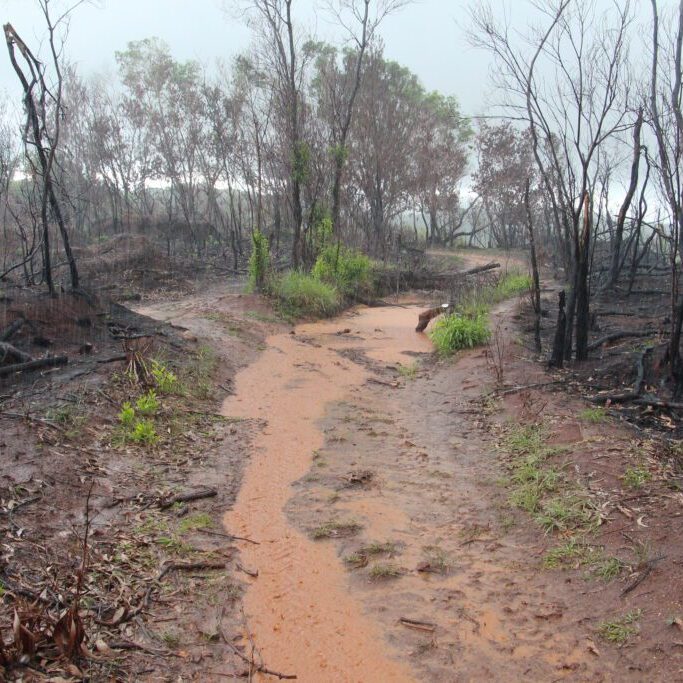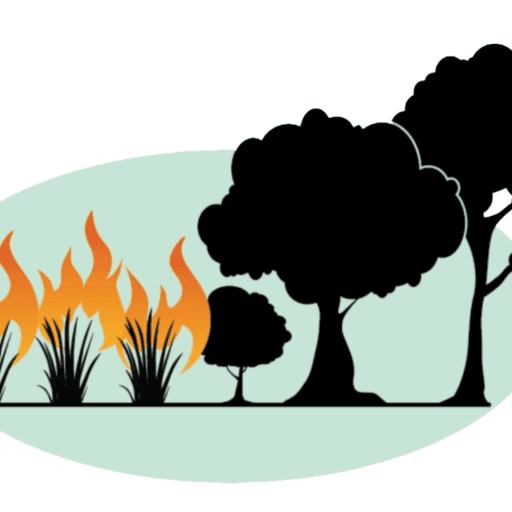After fire, it is important to understand that people and lives come first, that soil and environmental stabilization comes next, and that short-term and long-term support of fire resilient landscapes is critical to a successful recovery. As the platform for fire science exchange across Pacific Islands, PFX's current expertise is the science around pre-fire planning, vegetative fire fuels reduction with an aim to reduce wildfire risk across the landscape.

After fire, first things first.
In the aftermath of evacuation and recovery, communities and responders are often dealing with hazardous environmental conditions which call for vigillant public safety and environmental stabilization.

For long-term wildfire risk mitigation planning, supporting agriculture and reducing fuels around your home and community are key.
The role that farms and ranches play in land care is critical across fire prone landscapes. Ranches and farms keep fire-prone weeds at bay to maintain pastures and crops.

What is your emergency soil stabilization plan? This can be done in various high-tech and low-tech ways.
After human health and safety, the first priority is to protect the soils from rain and run-off.

Consider re-vegetating burned areas in a way that makes sense for your environment while knowing that resources (time, money, long-term stewardship) may vary.
Re-planting is an important, long-term strategy for soil stabilization. While native Hawaiian plants are always desirable, they require a great deal of care, such as water, fencing and weeding.

